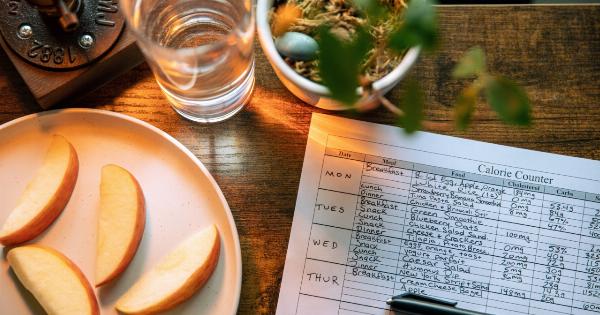If you have diabetes, you know that maintaining a healthy diet is essential to managing your condition. One important aspect of a healthy diet is being able to interpret food labels.
By understanding the labels on your food, you can make informed choices and control your intake of certain ingredients that can negatively affect your blood sugar levels. Here are 6 key ingredients to look for on food labels:.
1. Carbohydrates
Carbohydrates have a big impact on blood glucose levels, so it’s important to pay attention to the amount and type of carbohydrates in the foods you eat.
The total carbohydrate count is listed on food labels, and you should aim to keep your carbohydrate intake consistent from meal to meal. You can also look at the breakdown of total carbohydrates to see how many are from sugar, fiber, and other sources.
Choose complex carbohydrates, like those found in whole grains, fruits, and vegetables, which are digested more slowly and have less of an impact on your blood sugar levels than simple carbohydrates like sugar and refined grains.
2. Sugar
Sugar is a form of carbohydrate, but it’s important enough to be singled out on food labels. Sugars can be naturally occurring, like those found in fruit and milk, or added, like those found in candy and soda.
It’s important to limit your intake of added sugars, as they can contribute to weight gain and make it more difficult to control your blood sugar levels. Look for foods with no added sugars, or those that use natural sweeteners like stevia or monk fruit.
3. Fiber
Fiber is a type of carbohydrate that doesn’t get digested by the body. Instead, it helps regulate digestion and can lower blood sugar levels by slowing down the absorption of carbohydrates.
Look for foods with a high fiber content, like whole grains, beans, and vegetables. Aim for at least 25-30 grams of fiber per day, or as recommended by your health care team.
4. Sodium
Sodium is an important mineral that helps regulate fluid balance in the body. However, most Americans consume too much sodium, which can lead to high blood pressure and increase the risk of heart disease and stroke.
Look for foods with a low sodium content, or those that use spices and herbs for seasoning instead of salt.
5. Saturated and Trans Fats
Both saturated and trans fats can raise “bad” cholesterol levels in the body and increase the risk of heart disease. Look for foods with a low saturated fat content, and aim to avoid trans fats altogether.
Trans fats are often found in fried foods, baked goods, and processed snacks.
6. Alcohol
Alcohol can affect blood sugar levels and contribute to weight gain. If you choose to drink alcohol, do so in moderation, and be sure to account for the calories and carbohydrates in your meal plan.
By understanding and paying attention to the ingredients on food labels, you can make informed choices that will help you manage your diabetes and maintain a healthy lifestyle.































